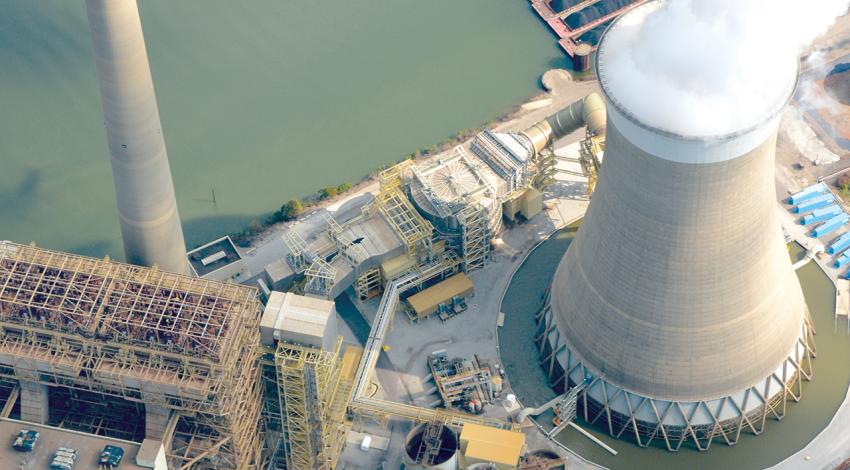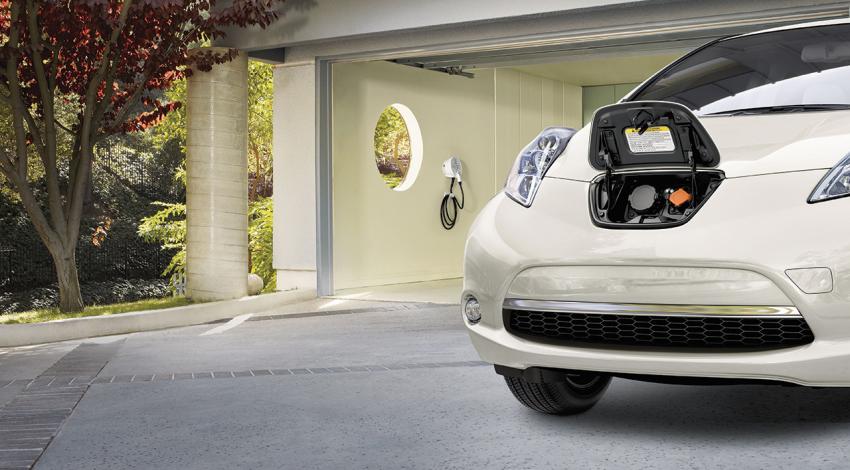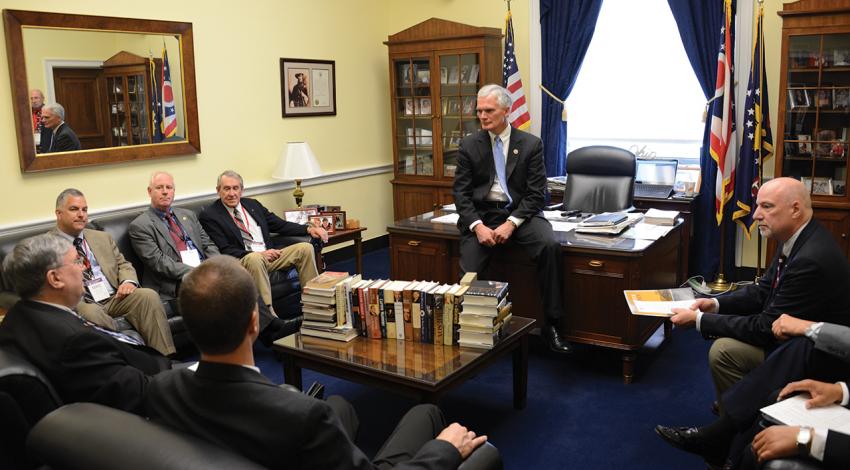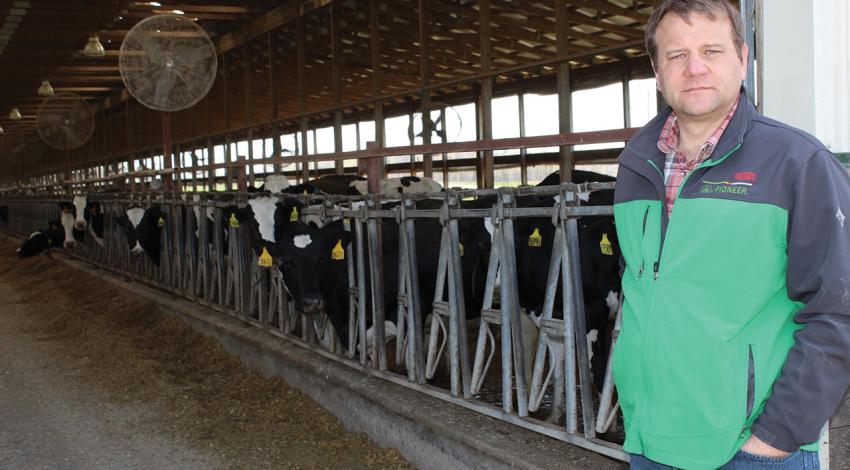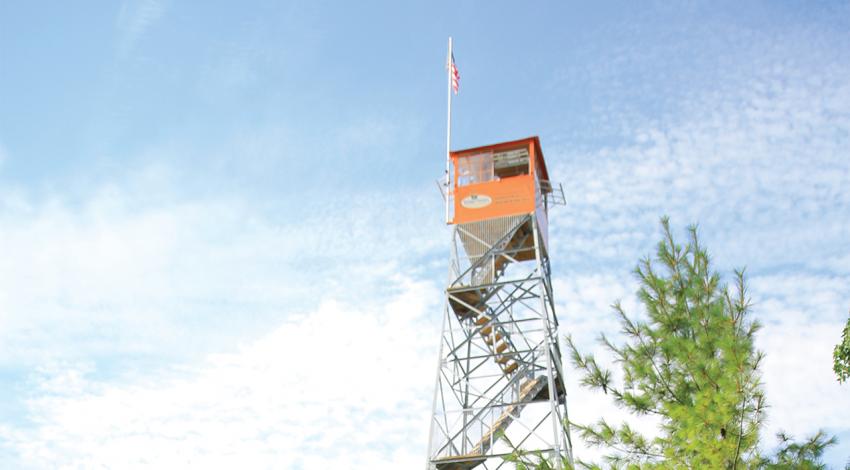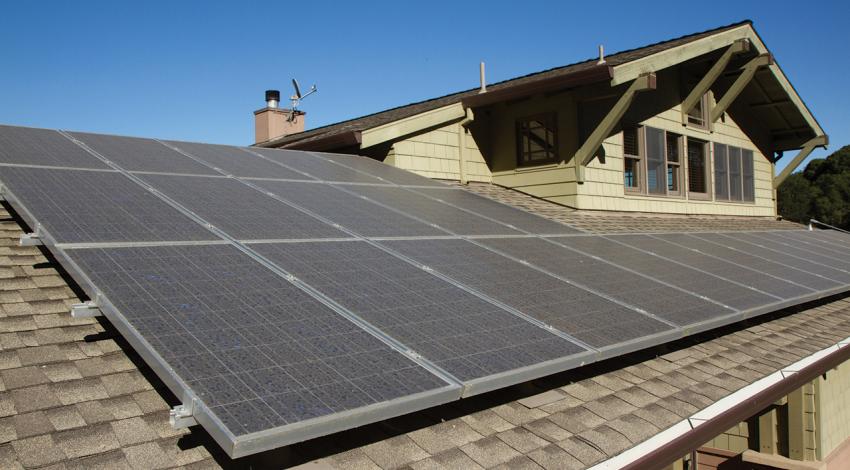Safe, Clean, Reliable, and Affordable: I often use these words to describe the electric power supply that Buckeye Power and all of the electric cooperatives around the state strive to provide to our member-consumers. Each of these words is important to us, and each has a different measure of success.
Reliable may be the easiest for you to observe. Do the lights come on every day? Is the supply adequate for your needs? When something occasionally causes a power outage, is power restored quickly?

